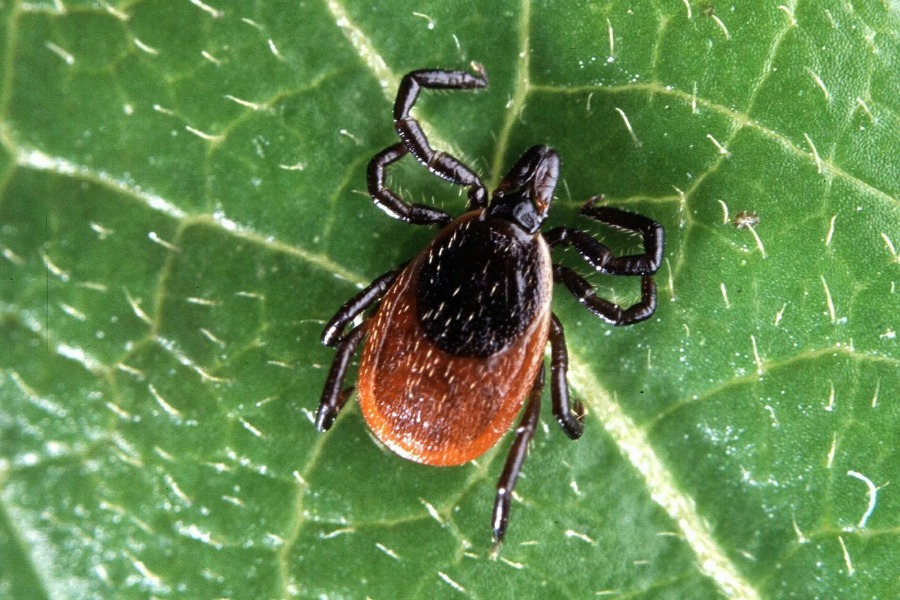A.R.E. You Ready for Ticks?
Have you seen your first tick of the spring? I’m already getting reports from folks who have pulled one or more off of the their dogs. Given the recent reports on the dangers of various tick preventatives (the Seresto collar, oral products), everyone is wondering what action to take against these 8 legged insect demons.
That question — what do I do about ticks — is probably the most frustrating one for dog owners and veterinarians alike. And there is no one size fits all answer, no silver bullet, no perfect solution.
My tick prevention strategy is a three part plan. I call it the A.R.E. approach. It’s a simple way to figure out the key things you need to do in your environment and lifestyle to minimize the risk of tick bites.
A: Avoidance/Awareness
Avoiding areas that are heavily tick infested is a no brainer. Remember, ticks prefer shaded areas, not direct sun. The hang out on vegetation twelve to eighteen inches high, and often fall onto animals that walk under or by their hiding place. Wooded areas and forests are prime tick areas, especially if they are inhabited by deer and various rodents, who play key roles in the tick life cycle.
Depending on where you live, you may not be able to avoid tick infested areas easily. Perhaps your own back yard abuts woods, or there are deer hanging out by the trees in your back yard. This is where the other A, awareness comes into play.
If it’s your own yard that has become a tick haven, there are many strategies to make it less welcoming to these nasty bugs. Making as many sunny spaces as possible can be useful, as can close trimming of shrubbery. Perimeter treatment with natural or pet safe yard sprays can be helpful. Remember, there is no need to treat sunny, mowed parts of the yard for ticks. Tick tubes can also be useful in preventing larval ticks from surviving on their first hosts, white footed mice. These clever devices contain nesting material treated with permethrin, which mice are attracted to. Any ticks feeding on the mice will be killed when exposed to the nesting material. Best of all, they can be placed in areas inaccessible to pets, yet where the mice can still reach them. More yard strategies can be found here, at the University of Rhode Island’s Tick Encounter Resource.
R: Repellents
If you are going into the woods or into an area with unknown tick risks, you will want to use repellents, for both you and your dog. Many herbal and essential oil compounds are available. Follow the manufacturer’s directions for application. Obviously use care in applying around your dog’s face. Many of these products are concentrated, so avoid using more than the label directs. I recommend using a commercial product, unless you have extensive experience and knowledge in formulating your own.
E: Examination
After your adventure in the woods, take time for a thorough tick examination, of both your and your dog. One of the best tools for this is a simple lint roller. I prefer the extra sticky products. Starting around your dogs head, and working working down and back, roll every part of your dog. Check the tape often, and tear off as needed. You may see very tiny ticks, as well as adults. If you dog has a long coat, roll backwards, to cover the hair closer to the skin. Don’t forget the underside of the dog, as well as the feet. Check in between the pads of the foot. When you’re done, don’t forget to check yourself!
Using this approach will greatly help you in your battle to avoid tick bites. However, depending on where you live, it may not be enough. If you feel you must resort to chemical solutions, by all means do so. Research the safety of the products you consider. I lean towards topicals/spot ons, for a couple reasons. First, the ticks absorb the product through their feet, prior to biting. That lessens the bite risk. Second, at least to some degree, the product can be washed off if your dog reacts. Third, these products stay on the top layers of the skin, and do not circulate in the body. Finally, you can time when you use them, to get the maximum efficacy when you need it.
Want to learn more about ticks? The University of Rhode Island’s Tick Encounter Resource is the place to go.
As always, please visit my Facebook page to leave comments.

